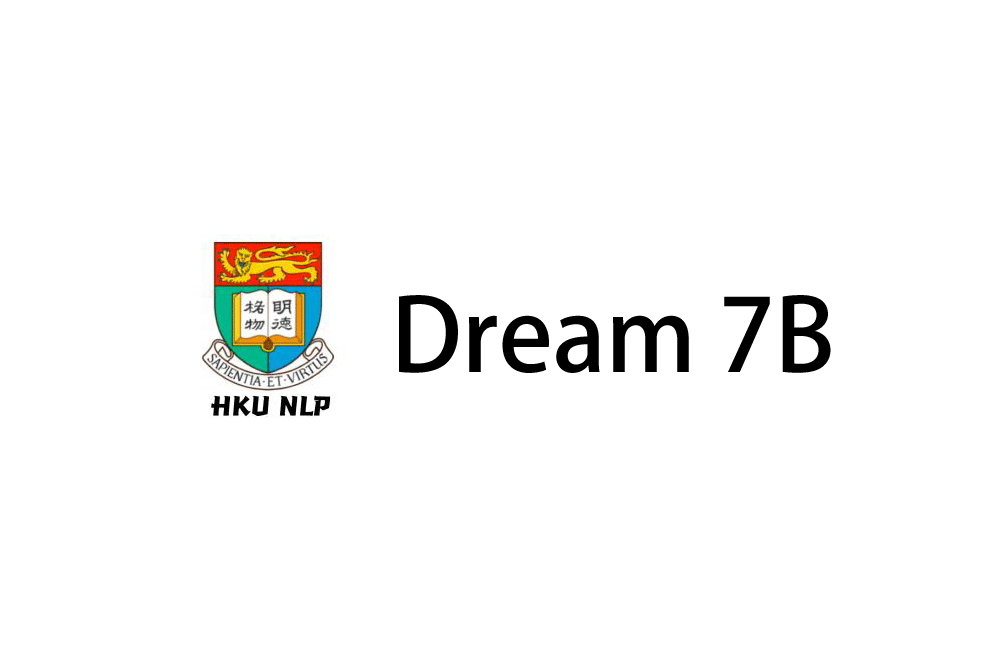Hong Kong, April 3, 2025 — The University of Hong Kong (HKU) has just dropped Dream 7B, a next-level diffusion-based language model that’s turning heads in the AI world. Unlike the dominant Transformer-based models—like those powering ChatGPT—Dream 7B uses a diffusion approach, promising sharper reasoning, lower computing demands, and faster results. Announced via a blog post yesterday, it’s already outscoring some Transformer rivals in key tests.
Developed by HKU’s NLP Group, Dream 7B shines in benchmarks for general knowledge, math, and coding, matching or beating Transformer models with 7 to 8 billion parameters. Its secret? A reasoning-focused design that tackles problems with flexibility and precision, a feat diffusion models—typically used for image generation—haven’t mastered until now. Posts on X call it “the highest-performing open-source diffusion model to date,” hinting at a shift in how AI could evolve.
Why care? Diffusion models like Dream 7B need less raw computing power than Transformers, making them lighter and quicker—ideal for future AI on smaller devices or tighter budgets. The catch: it’s not fully public yet. HKU has shared the blog and code, but the model itself isn’t up on HuggingFace as of this morning. Stay tuned for updates.
What’s Diffusion, Anyway?
Most AI chatbots run on Transformers, which process text sequentially—think left-to-right typing. Diffusion models, borrowed from image AI, work differently: they refine noisy data into clear outputs, all at once. Dream 7B adapts this for language, solving complex tasks with less grunt work. It’s like upgrading from a typewriter to a 3D printer for words.
How to Use Dream 7B (When It’s Ready)
Once HKU uploads it, here’s how you can test it:
- Grab the Code: Visit github.com/HKUNLP/Dream to download the source files.
- Set Up: You’ll need a computer with Python and basic AI libraries (e.g., PyTorch). Follow the readme—think of it as a recipe for your AI dish.
- Load the Model: When it hits HuggingFace, snag the pre-trained weights. For now, check hkunlp.github.io/blog/2025/dream/ for news.
- Run It: Input a question—like “Solve this math problem”—and tweak the “diffusion timesteps” (6-25 is the sweet spot) for speed vs. accuracy.
- Experiment: Try coding tasks or planning questions to see its reasoning chops.
No heavy hardware required—a decent laptop should do. The team says adjusting timesteps lets you balance quick replies with deeper answers.
What’s Next?
Dream 7B’s debut signals big potential for diffusion AI in language tasks. If it scales up, it could challenge Transformer giants while running leaner—a win for accessibility. For now, the blog and code are live, and the HKU team promises more soon. Keep an eye on this one—it might just rewrite the AI playbook.

